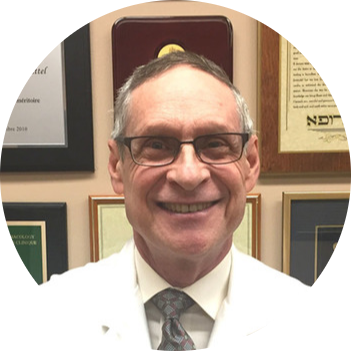
Natalia Trayanova
John Hopkins Biomedical Engineering
Dr. Natalia Trayanova is the inaugural Murray B. Sachs Endowed Professor in the Department of Biomedical Engineering and a professor in the Department of Medicine at Johns Hopkins University. She is also faculty of the Institute for Computational Medicine and director of the Computational Cardiology Laboratory. Trayanova is known for her groundbreaking work in computational cardiology, for which she received the NIH Director’s Pioneer Award in 2013. Also the inaugural William R. Brody Faculty Scholar at Johns Hopkins University, Trayanova is a Fellow of the International Academy of Medical and Biological Engineering, Heart Rhythm Society, American Heart Association, Biomedical Engineering Society, and the American Institute for Medical and Biological Engineering. The basic science research in Trayanova’s Computational Cardiology Laboratory focuses on understanding the pathological electrophysiological and electromechanical behavior of the heart, with emphasis on the mechanisms for cardiac arrhythmogenesis and pump dysfunction. Importantly, Trayanova’s work also has a strong translational component, which centers on improving the diagnosis and treatment of cardiovascular disease. Using a personalized MRI-based simulation approach, Trayanova is developing new methods for the risk stratification of sudden cardiac death and improving the accuracy and success of atrial and ventricular ablation therapies.

Rob Macleod
SCIENTIFIC COMPUTING AND IMAGING INSTITUTE OF UTAH
Rob MacLeod was trained in physics, electrical engineering, and physiology & biophysics and is a full professor of Bioengineering and Internal Medicine (Cardiology) at the University of Utah. He is a co-founder and Associate Director of the Scientific Computing and Imaging (SCI) Institute and holds a similar position at the Nora Eccles Harrison Cardiovascular Research and Training Institute (CVRTI). He also co-founded the Consortium for ECG Imaging. He is Vice Chair and Director of the Undergraduate program in Biomedical Engineering. His research interests include computational electrocardiography with special interest in simulating bioelectric fields, e.g., from cardiac defibrillation and neuromodulation, and exploring new approaches for electrocardiographic imaging (ECGI) He also uses experimental investigation and clinical approaches to improve management of atrial and ventricular and atrial arrhythmias and acute myocardial ischemia. For his research, he uses a broad range of techniques including scientific computing, imaging, image and signal processing, and visualization and well as experimental approaches in cardiac electrophysiology.




